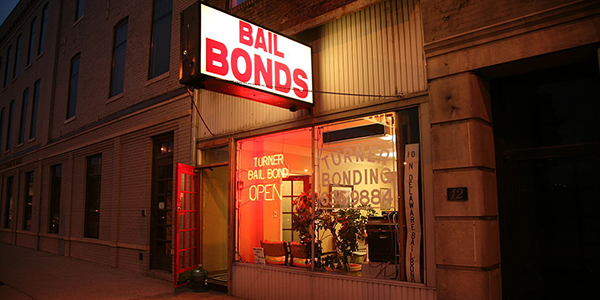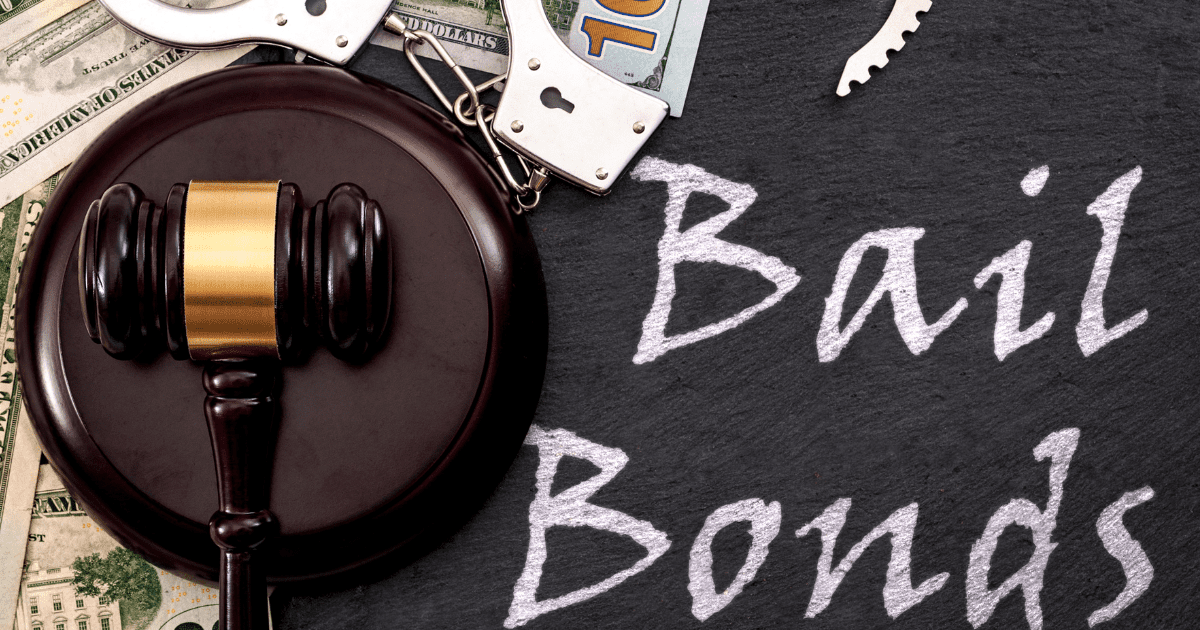A Comprehensive Take A Look At the Bail Bonds Process in Los Angeles
A Comprehensive Take A Look At the Bail Bonds Process in Los Angeles
Blog Article
Understanding the Basics of Bail Bonds: What You Required to Know
Browsing the intricacies of bail bonds is a vital aspect of the legal system that can significantly impact the accused's journey through court procedures. The complexities of just how bail bonds run, the various types offered, and the vital factors to consider in picking a reputable bail bondsman can be intimidating.
What Is Bail?
Bail is an economic setup that allows a private accused of a criminal activity to be released from safekeeping while waiting for test. The primary function of bail is to guarantee that the defendant appears for future court proceedings (Bail Bonds). Typically established by a court, the bail quantity varies depending on the nature of the criminal offense, the offender's criminal history, flight danger, and various other essential factors
When bail is approved, the charged or a representative should pay a defined amount, which may remain in cash or with a bail bond. Sometimes, bail can be denied altogether, particularly for serious offenses or if the suspect positions a substantial risk to public safety. The idea of bail is rooted in the anticipation of innocence, strengthening the concept that individuals must not be penalized before a sentence.

Comprehending Bail Bonds
A bail bond is a financial instrument that facilitates the launch of an accused individual from guardianship, functioning as an assurance for their appearance at future court dates. This plan allows defendants to maintain their freedom while awaiting trial, minimizing the problems related to incarceration. The bail bond procedure typically includes a third-party firm, referred to as a bondsman, who supplies the required funds to the court in support of the charged.
Bail bonds come in numerous kinds, consisting of guaranty bonds, property bonds, and cash bonds, each with distinctive demands and implications. Guaranty bonds, the most usual type, require a premium settlement, usually a percentage of the complete bail amount, which is non-refundable. On the other hand, a building bond includes using realty as security, while cash bonds demand the complete bail quantity to be paid in advance.
Understanding the subtleties of bail bonds is critical for offenders and their households. It is important to realize the possible monetary ramifications, including commitments and costs to the bail bondsmansman, along with the lawful responsibilities tied to making certain court appearances. Expertise of these elements aids in making educated decisions throughout a challenging time.
Exactly How Bail Bonds Work
The procedure of safeguarding a bail bond generally involves a number of crucial steps that make certain the accused can reclaim their liberty while awaiting trial. Originally, the specific or their representative contacts a bail bondsman, who examines the instance and the linked risks. The bondsman will require information regarding the implicated, consisting of the fees, the bail quantity established by the court, and any appropriate individual information.
As soon as the bondsman consents to supply the bond, the charged or their representative should pay a non-refundable charge, normally a percent of the complete bail quantity. This cost makes up the bondsman for taking on the financial danger of making certain the charged shows up in court. In many cases, collateral might additionally be called for, such as residential property or useful possessions, which serves as safety and security for the bond.
After the charge and any collateral are set up, the bail bondsman submits the necessary paperwork to the court. Upon see authorization, the bail is published, and the charged is released from protection. It is crucial for the implicated to comply with all court days and conditions, as failure to do so can bring about the forfeit of the bond and prospective legal effects.
Sorts Of Bail Bonds
Different kinds of bail bonds are readily available to suit different scenarios and requirements. One of the most usual type is the guaranty bond, where a bail bondsman warranties repayment of the complete bail total up to the court for a non-refundable charge, typically around 10% of the bail. This setup allows defendants to secure their release without paying the entire bail upfront.
Another type is the money bond, which needs the offender or a co-signer to pay my company the complete bail amount in money straight to the court - Bail Bonds. This alternative is typically preferred for reduced bail amounts, as it makes certain the cash is returned upon the defendant's appearance in all court proceedings
Residential or commercial property bonds involve using realty as collateral. In this instance, the court places a lien on the residential or commercial property, which can be forfeited if the defendant falls short to appear.
Finally, government bail bonds are especially created for government instances, typically including higher quantities and extra complexities. Recognizing these different bail bond kinds is vital for offenders and their households in making informed choices during a difficult time.
Choosing a Bail Bondsman
When choosing a bondsman, it is necessary to think about numerous essential variables that can influence the total experience and end result. Evaluate the bail bondsman's online reputation by looking into on-line reviews and getting suggestions from trusted sources. A dependable bail bondsmansman will certainly have a background of expertise and successful instances.

The majority of bail bondsmen charge a non-refundable cost, commonly around 10% of the bail quantity. Openness in rates is a characteristic of a reliable bail bondsman.
Conclusion
Bail serves as a monetary guarantee of court look, while various kinds of bail bonds cater to various conditions. Recognizing the functional devices of bail bonds and picking a trustworthy bail bondsman can dramatically affect the total experience.
The ins and outs of how discover here bail bonds run, the different kinds offered, and the critical considerations in picking a respectable bail bondsman can be discouraging. The bail bond process commonly involves a third-party firm, recognized as a bail bondsman, that gives the needed funds to the court on part of the implicated.
The most typical type is the surety bond, where a bond bondsman guarantees payment of the complete bail amount to the court in exchange for a non-refundable fee, usually around 10% of the bail. Bail serves as a financial guarantee of court appearance, while numerous types of bail bonds provide to various circumstances. Comprehending the functional devices of bail bonds and picking a trusted bail bondsman can significantly affect the total experience.
Report this page